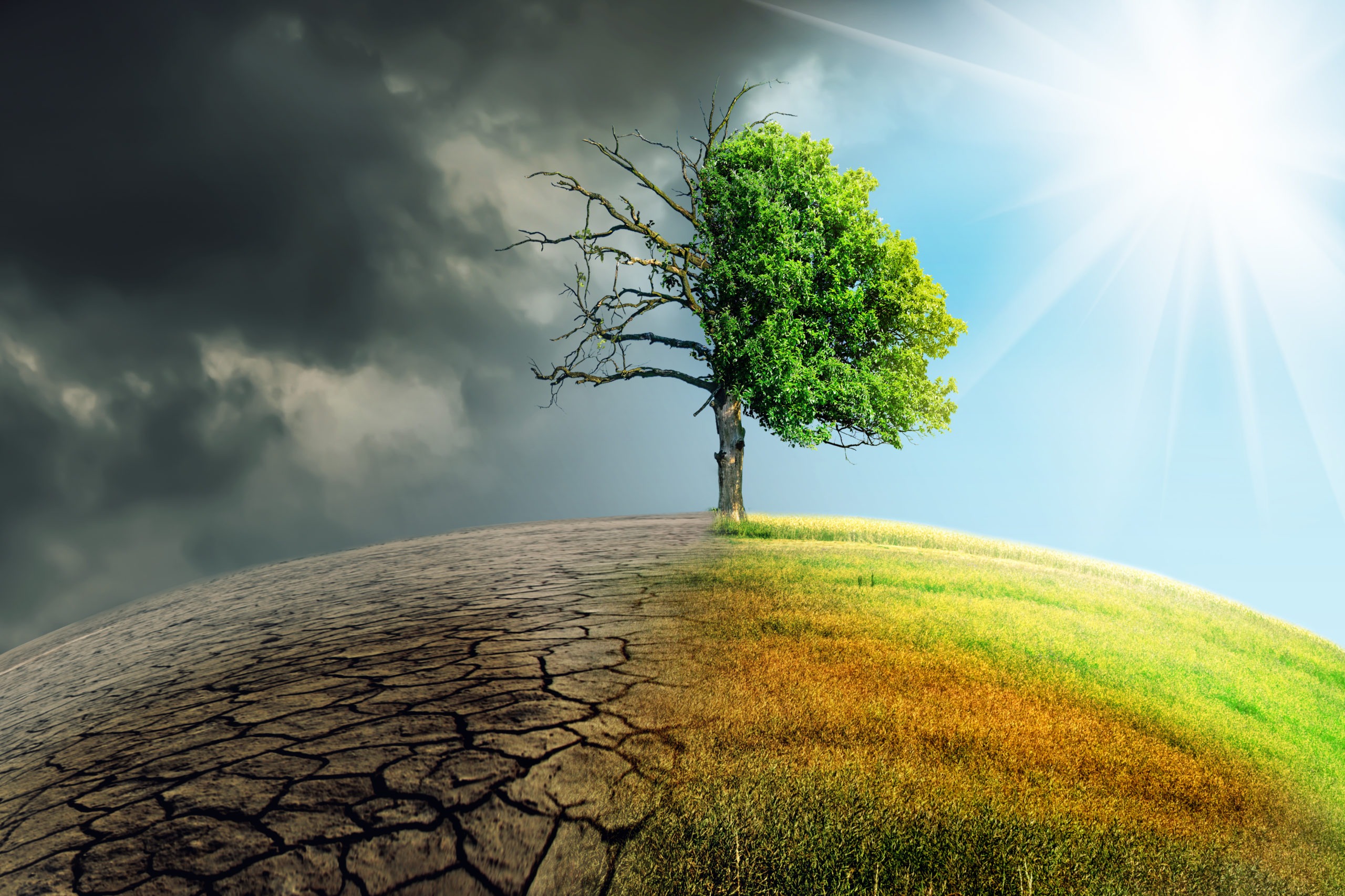
Global Climate Change and Effects on Children
You may have a limited range of knowledge or full understanding on global climate change. Regardless of your stance, it is a huge issue that is causing turmoil to the earth that we all share today. You can watch the effects of global climate change take charge – you can see shrinking glaciers, ice on rivers and lakes breaking apart, and plant and animal ranges shifting. Evidence even indicates the very worst: that the net damage costs of climate change are likely to only increase significantly in time.
You hear people saying it all the time… “We must leave a better world for our children than the one that we had.” However, if we aren’t taking the right steps in a direction toward a cleaner and healthier world, how can this occur? It is true that children’s mental and physical health are at risk from the choices we make that affect climate change. This includes issues like global instability, mass migrations, and increased conflict.
What Are Some Effects That Extreme Weather Events Have on Children?
You may understand the effects that severe storms, floods, and wildfires have on our forests, landscapes, and communities in this world. However, these extreme weather events also directly threaten children with injury and death. Natural disaster events have only increased, which is the sad and terrifying part. The frequency of these reported disasters has increased significantly over the past 40 years; take, for example, the fact that three times as many extreme weather events occurred between 2000 and 2009 as occurred between 1980 and 1989. The terrifying fact is that the effects caused by these weather conditions can often be deadly to many children and families. These weather events place children at risk for serious injury, loss or separation from caregivers, exposure to infectious diseases, and a high risk of assorted mental health consequences. These consequences include such things as PTSD, depression, and adjustment disorders. These disasters also cause harm to children when their homes, schools, and neighborhoods are harmed. These events can contribute to their psychological and cognitive development overall.
What Are the Climate Change Risks to Child Health According to Casual Pathways?
- Primary: Heat waves and extreme weather events can contribute to things like mental and physical illness, injury, and fatalities.
- Secondary: When ecological changes occur, health effects take place including altered life cycles due to infectious diseases, increased concentration of air pollutants, aeroallergens due to rising temperature, altered crop yields, and rainfall patterns.
- Tertiary: These include large-scale consequences of unchecked climate change. This can include depletion of basic resources such as food and water, ecological loss, population displacement, failing communities, and increased risk of conflict.
What Can Pediatricians and the Health Sector Do to Help?
- They can work to promote medical educational opportunities that focus on the effects of climate change and what it can do to children’s health.
- They can stay informed themselves and use existing guidance to discuss matters regarding climate change with families. They can encourage family choices that reduce fuel consumption like utilizing public transportation or using fuel-efficient vehicles.
- They can educate children, families, and communities on emergency and disaster readiness.

















